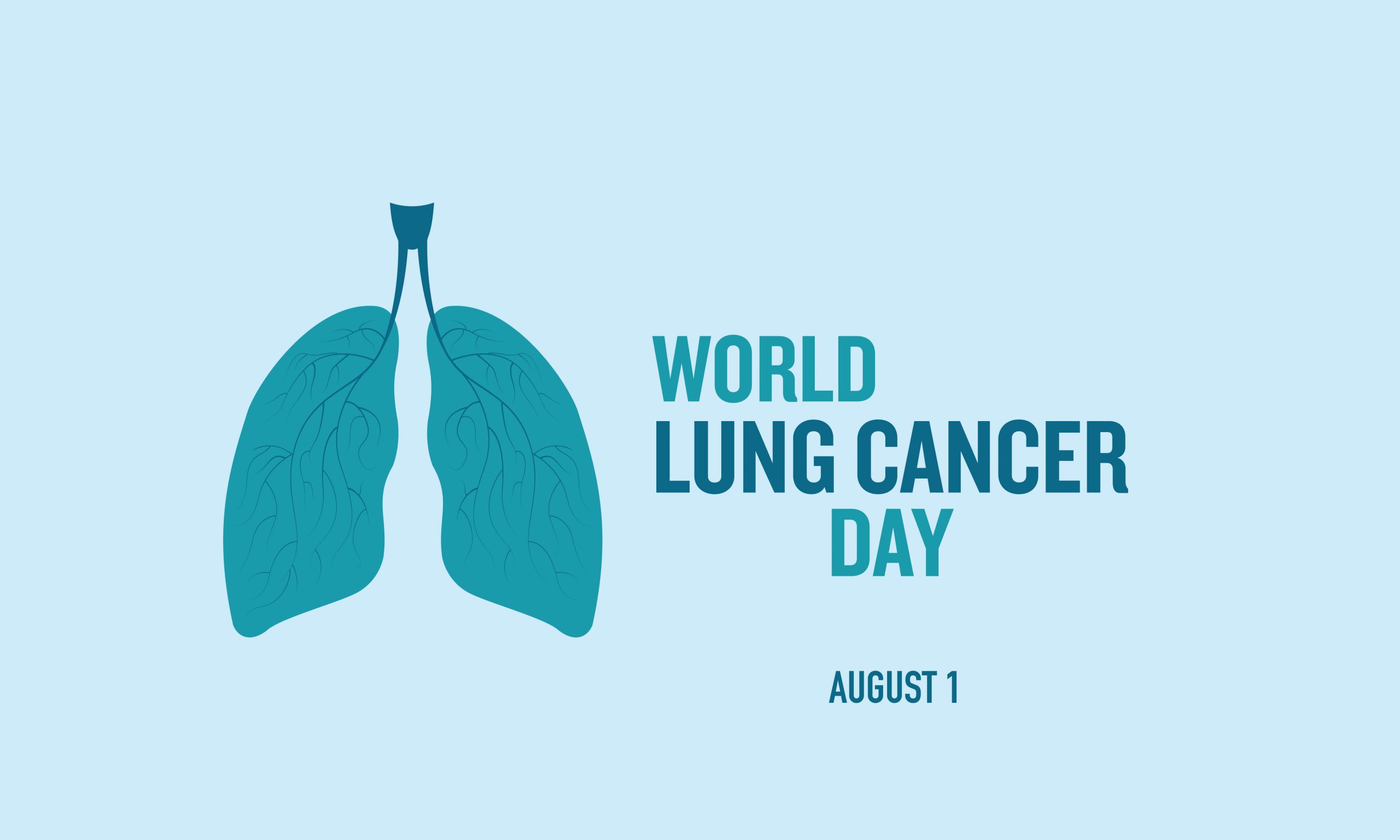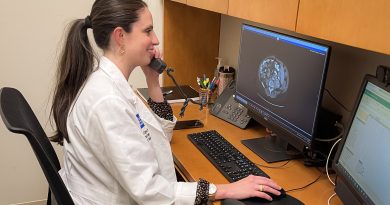Fighting lung cancer: Lung Institute experts’ perspective on World Lung Cancer Day

Every year on Aug. 1, World Lung Cancer Day is observed to raise awareness about the leading cause of cancer deaths worldwide. Lung cancer accounts for nearly 25% of all cancer deaths, and more than 220,000 new cases of lung cancer are diagnosed each year in the U.S. alone. The five-year survival rate for lung cancer is about 20%, but the percentage increases significantly with early detection efforts. This day serves as a reminder of the ongoing fight against lung cancer and the importance of early detection, research and patient support.
Advances in lung cancer detection and diagnosis
The American Cancer Society recommends annual screening for lung cancer in patients ages 50 to 80 who currently smoke or have a habit of smoking 20 packs of cigarettes per year or more. Significant advancements in the diagnosis and treatment of lung cancer have developed over the years. Dr. Javeryah Safi, an interventional pulmonologist at The Lung Institute at Baylor College of Medicine, said there are new procedures to detect and diagnose lung cancer, including robotic navigational lung biopsies and endobronchial staging.
“At The Lung Institute, we offer robotic-assisted bronchoscopy, which is a recent advancement in lung cancer diagnoses that helps to precisely biopsy small early-stage cancers that were previously difficult to diagnose,” Safi said. “Your CT scan is then used to create a 3D map of your lungs, and a robotic arm controlled by the physician guides the camera and tools to biopsy, without any pain and discomfort during the procedure.”
Experts at The Lung Institute also perform endobronchial ultrasound-guided needle aspiration for staging of lung cancer to determine the diagnosis and stage in a single procedure, which reduces the time between diagnosis and treatment. The team also offers comprehensive lung cancer screenings, including CT scans with low radiation doses.
Advances in lung cancer treatment
“The advent of minimally-invasive surgical techniques, such as video-assisted thoracoscopic surgery and robotic surgery, has revolutionized how we approach lung cancer,” said Dr. Shanda Blackmon, Baylor Medicine thoracic surgeon and director of The Lung Institute At Baylor. “We are proud to offer minimally-invasive segmentectomy, which involves removing a segment (or segments) of the lung rather than removing an entire lob. This preserves the lung function of the patient, offers smaller incisions, less pain, faster recovery and a lower risk of complications. These methods reduce recovery time and improve outcomes for patients.”
Blackmon said the advent of genetic profiling and targeted therapies, treatments can be tailored to the individual characteristics of each patient’s cancer, increasing the treatment’s efficacy and reducing side effects.
The perspective of a thoracic surgeon
As a thoracic surgeon, Blackmon plays a crucial role in the multidisciplinary approach to lung cancer treatment. “My job is not just to remove the tumor but also to ensure that the patient receives comprehensive care. This includes working closely with oncologists, radiologists and other specialists to create a personalized treatment plan for each patient,” she said.
Her dedication to patients extends beyond the operating room. “It’s important to support patients emotionally and psychologically as well,” she said. “A cancer diagnosis can be overwhelming and providing compassionate care is essential.”
Prevention: The power of smoking cessation
Smoking remains the leading cause of lung cancer, contributing to approximately 85% of cases. “Quitting smoking is the most effective way to reduce the risk of lung cancer,” Blackmon said. “It’s never too late to quit. Even for those who have smoked for many years, quitting can significantly reduce the risk of developing lung cancer.”
Tips for quitting smoking:
- Seek support: Join a support group or seek counseling to help with the psychological aspects of quitting.
- Consider nicotine replacement therapy: Options like patches, gums and lozenges can help manage withdrawal symptoms.
- Medications: Consult with a healthcare provider about prescription medications that can assist in quitting.
- Healthy lifestyle: Adopt a healthy lifestyle with regular exercise and a balanced diet to support overall well-being during the quitting process.
“Research indicates that combining behavioral support with drug therapy leads to higher smoking quit rates than using either method alone,” said Subin Valayil, a tobacco treatment specialist and assistant professor in the David J. Sugarbaker Division of Thoracic Surgery at Baylor College of Medicine. “That’s why our Tobacco Cessation Program offers patients this integrated approach.”
Insurance will often cover tobacco cessation counseling. To schedule an appointment with the Tobacco Cessation Program, call 713-798-6376.
The future of lung cancer research
Looking ahead, Blackmon is optimistic about the future of lung cancer research. “We are making strides every day,” she said. “Immunotherapy, for example, has shown great promise in treating lung cancer. The ongoing research into early detection methods, such as low-dose CT scans, could significantly increase early diagnosis rates and save lives.”
Baylor researchers are actively studying new treatment options in the Systems Onco-Immunology Laboratory. The lab was founded in 2015 by a longtime leader in thoracic surgery and thoracic oncology, Dr. David J. Sugarbaker, and unites an interdisciplinary team of surgeons, medical oncologists, immunologists and bioinformaticians who conduct research in the field of onco-immunology.
By Tiffany Harston, communications associate with the Michael E. DeBakey Department of Surgery



